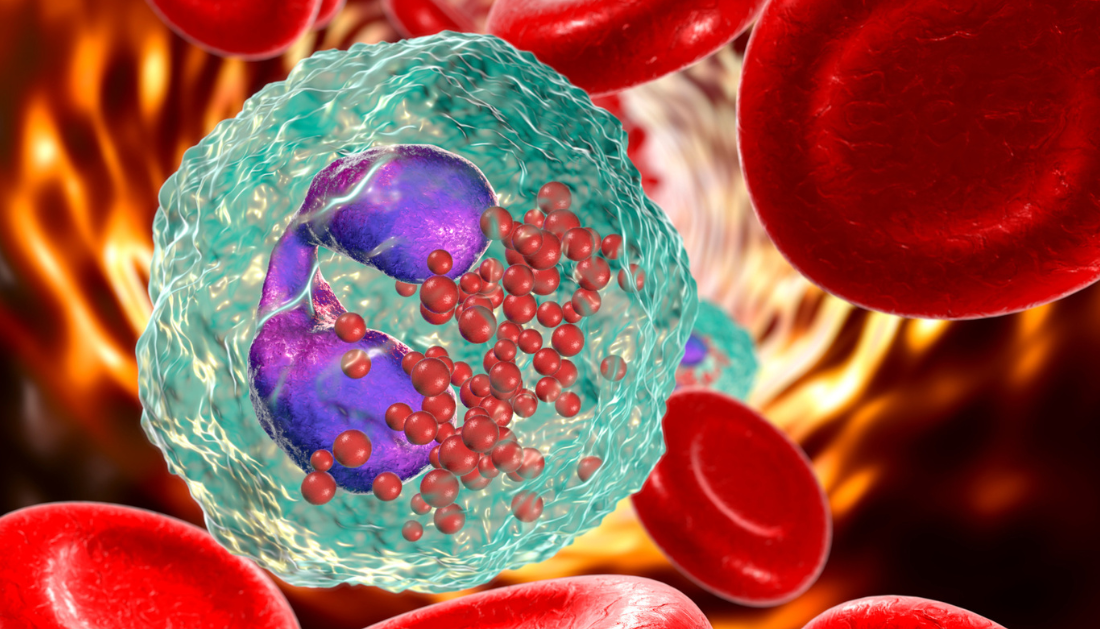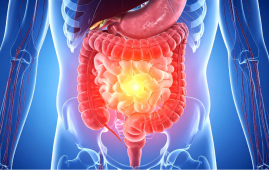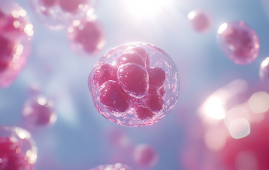

Researchers double chemotherapy effectiveness through chromatin reprogramming
In a recent breakthrough published in PNAS, scientists from Northwestern University have identified a mechanism to enhance the effectiveness of chemotherapy by targeting the memory of cancer cells. This memory, embedded within chromatin structures, enables cancer cells to “remember” previous drug exposures and adjust their resistance accordingly. By disrupting these chromatin packing domains, researchers have demonstrated a significant improvement in therapeutic response.
Explore all Oncology CME/CE Conferences 2025
Using a combination therapy of paclitaxel and celecoxib, the team successfully interfered with transcriptional memory in ovarian cancer models. Unlike traditional methods that target genetic mutations, this new approach intervenes at the epigenetic level, reshaping chromatin conformation and impairing the self-learning capabilities of cancer cells.
Implications for chemotherapy resistance and tumor growth
This study highlights a major clinical concern: chemotherapy resistance. Tumors often become less responsive to treatment over time due to adaptive epigenetic regulation. Researchers found that cancer cell memory is encoded through physical changes in chromatin architecture rather than permanent genetic alterations. By reprogramming chromatin and disrupting gene expression memory, the team significantly reduced tumor growth in a mouse model.
“Several drugs, including celecoxib, can regulate chromatin and repress plasticity. With this approach, we can now design strategies that synergize with chemotherapy or other existing therapies. The important finding is the concept itself. This particular drug just proves the point.”
- Vadim Backman, Northwestern University
Notably, the combination therapy used did not exceed standard clinical doses, minimizing potential treatment side effects while maintaining efficacy. This finding opens new doors for the development of epigenetic therapy regimens that can synergize with current protocols in oncology without increasing toxicity.
What does this mean for healthcare professionals?
For oncologists and researchers, understanding 3D genome architecture and chromatin reprogramming provides new insights into drug resistance mechanisms. This study reinforces the need to shift attention from purely genetic to physical genomic changes, particularly in hard-to-treat cancers such as ovarian carcinoma.
The findings represent a crucial pivot toward personalized cancer therapy guided by chromatin-based biomarkers and epigenetic patterns. As treatment strategies become more precise, addressing cancer adaptation through chromatin modulation could soon become standard in resistant tumor cases.
For More Information:
Frederick, J., et al. (2025). Leveraging chromatin packing domains to target chemoevasion in vivo. Proceedings of the National Academy of Sciences. doi.org/10.1073/pnas.2425319122.
more recommended stories
 Colorectal Cancer Screening Rates Low in Adults 45–49
Colorectal Cancer Screening Rates Low in Adults 45–49Recent UCLA research reveals that colorectal.
 Gut Immune Cells and Long-Lasting Antiviral Protection.
Gut Immune Cells and Long-Lasting Antiviral Protection.Breakthrough Findings on How Gut Immune.
 Mild Pancreatic Duct Dilatation Signals Higher Cancer Risk
Mild Pancreatic Duct Dilatation Signals Higher Cancer RiskEarly Structural Changes Offer Critical Clues.
 How the Uterus Senses Force During Labor: New Insights
How the Uterus Senses Force During Labor: New InsightsA new study published in Science.
 Fat-Free Mass and Brain Outcomes in Preterm Babies
Fat-Free Mass and Brain Outcomes in Preterm BabiesEarly Fat-Free Mass May Hold the.
 How Hormones Shape Dopamine-Driven Learning
How Hormones Shape Dopamine-Driven LearningNYU Study on Hormones and Cognitive.
 Protein Pair Guides Chromosome Alignment in Mitosis
Protein Pair Guides Chromosome Alignment in MitosisKey Points A joint research team.
 Intensive mind-body retreat rapidly alters brain function
Intensive mind-body retreat rapidly alters brain functionAn intensive mind-body retreat combining meditation,.
 Citrus and Grape Compounds Help Prevent Type 2 Diabetes
Citrus and Grape Compounds Help Prevent Type 2 DiabetesA new clinical trial highlights the.
 Personalized Pain Care Transforms Parkinson’s Treatment
Personalized Pain Care Transforms Parkinson’s TreatmentNew UniSA research underscores the urgent.

Leave a Comment